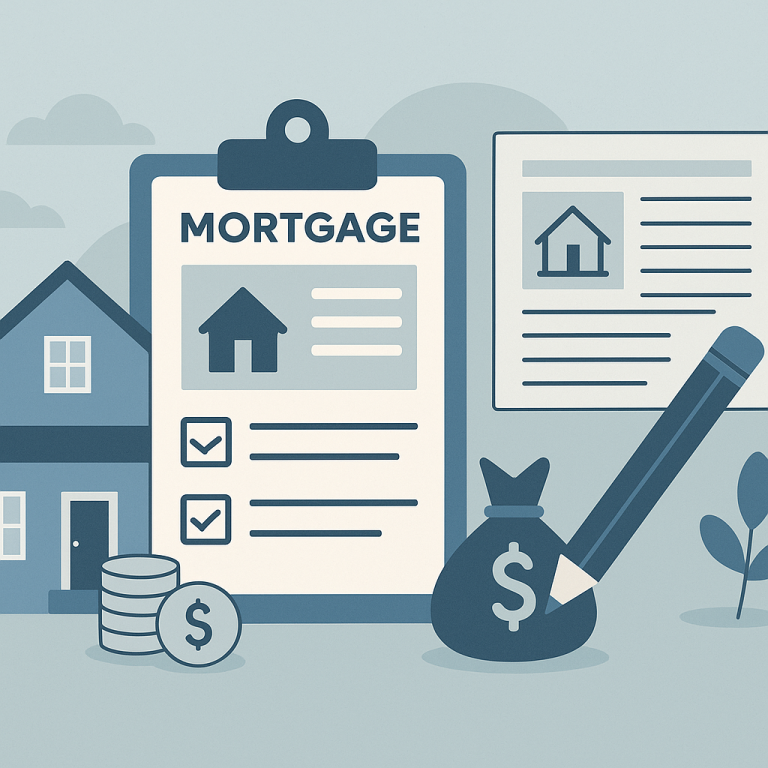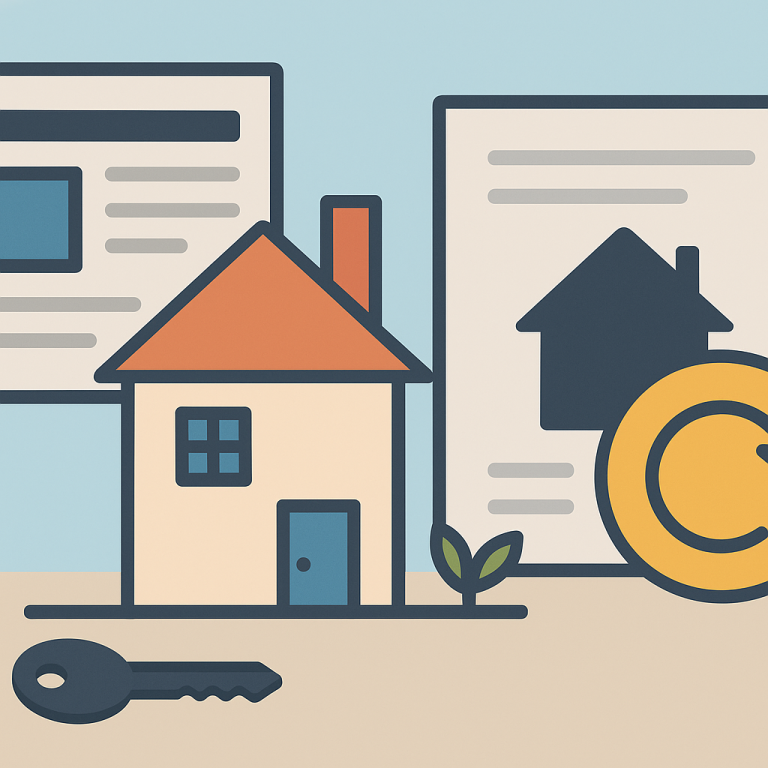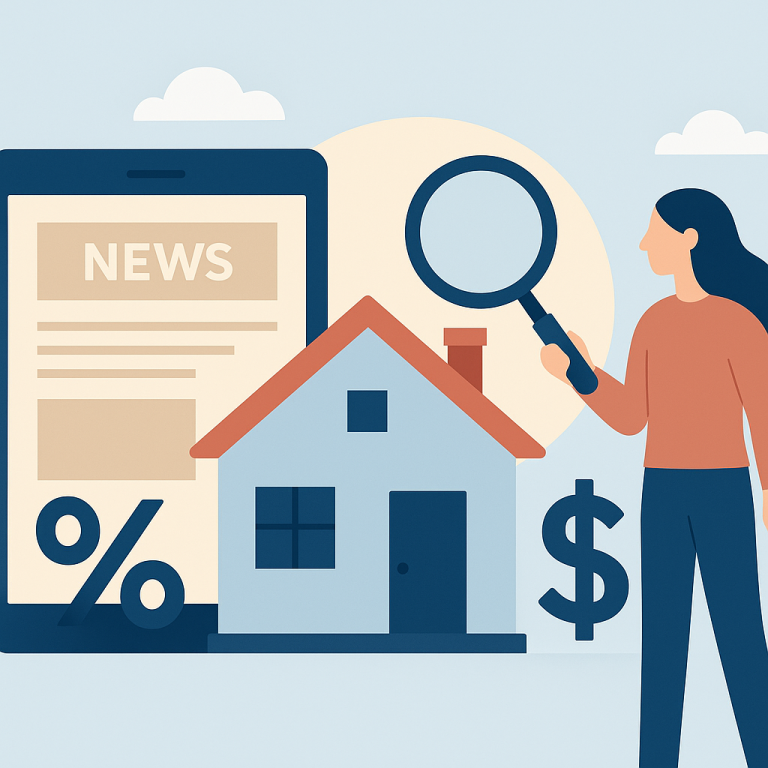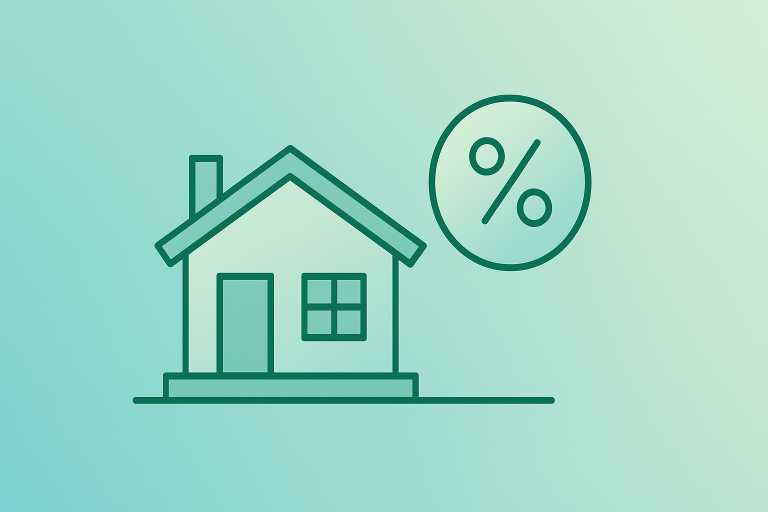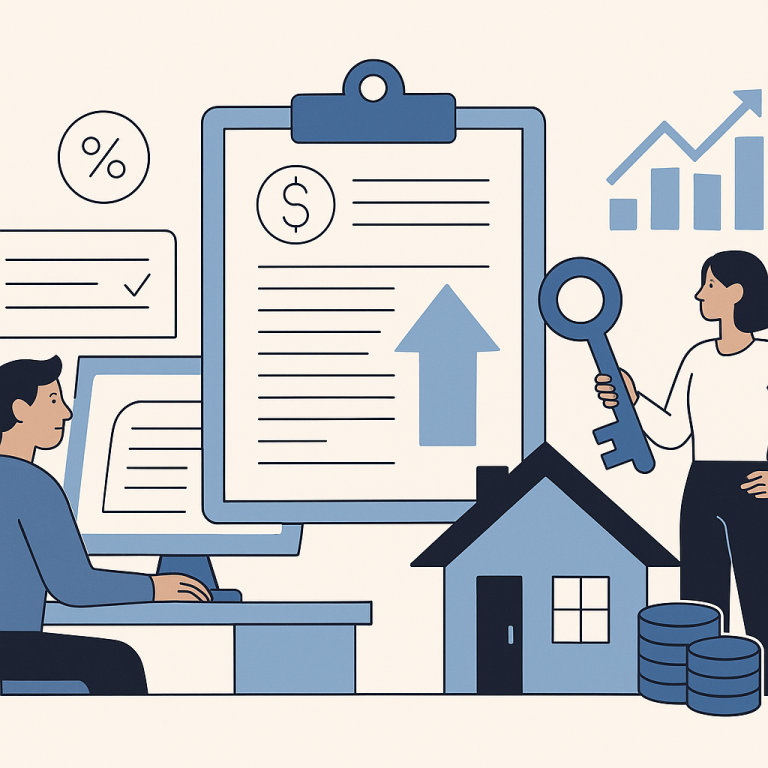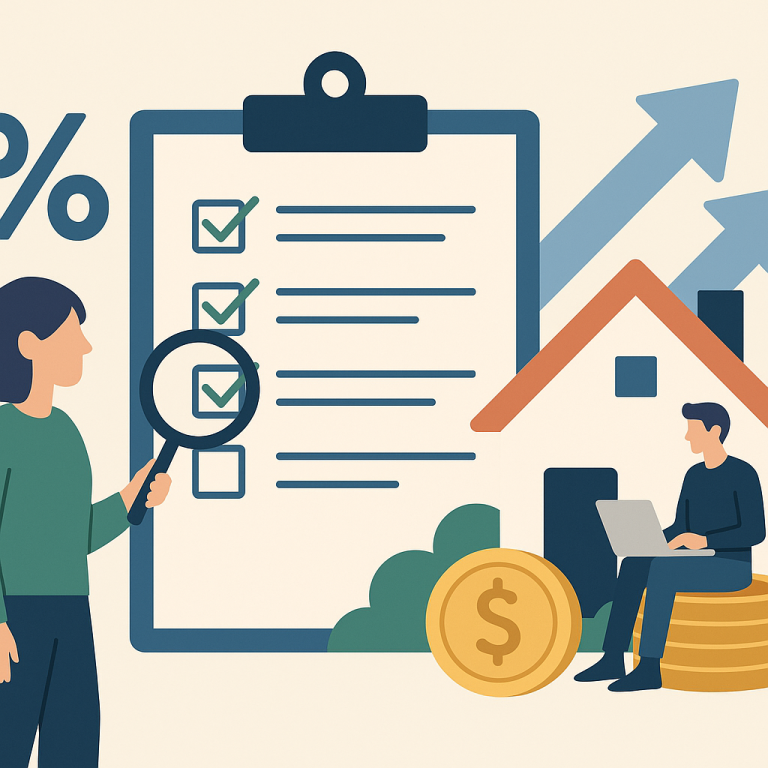30-Year Mortgage Rates Fall Below 4% As Refinance Applications Spike
Refinancing Decisions Pivot on Break-Even Timing and Closing Costs as Rates Fluctuate
Homeowners considering a mortgage refinance are facing a familiar tradeoff: the potential for lower monthly payments versus the upfront costs and uncertainty created by recent interest-rate movements. With markets still adjusting to economic data and central bank signals, lenders are offering a range of pricing options — from temporary buydowns to adjustable-rate structures — that can make the refinance decision more complex than simply comparing advertised rates.
At the center of the decision process is the break-even period: the time it takes for savings from a lower interest rate to exceed the fees and closing costs associated with refinancing. For borrowers who plan to remain in their home beyond that break-even point, refinancing can make financial sense. For those expecting to move or sell within a few years, the upfront expenses can outweigh short-term monthly savings.
Another key consideration is whether the refinance is rate-and-term or cash-out. Rate-and-term refinances aim to reduce the interest rate or change the loan term and typically carry lower closing costs than cash-out refinances. Cash-out refinances increase the loan balance to extract home equity, which can be appropriate for funding major expenses but often results in higher monthly payments and longer break-even horizons.
Borrowers should also weigh the option of shortening the loan term. Moving from a 30-year to a 15- or 20-year mortgage can increase monthly payments even with a lower rate, but it accelerates principal reduction and reduces total interest paid over the life of the loan. Conversely, extending the term to lower monthly payments can increase lifetime interest costs and delay equity building.
Credit profile, loan-to-value ratio, and documentation requirements remain decisive factors in obtaining favorable refinance pricing. Borrowers with stronger credit and substantial equity typically access better rates and lower insurance requirements, reducing costs and shortening break-even times. Those with limited equity or weaker credit may face higher rates, mortgage insurance, or additional scrutiny that affects the refinance calculus.
Timing and rate-lock strategy matter in a volatile environment. Lenders may offer temporary promotional rates or buydowns that lower payments for an initial period; these products can be useful for borrowers expecting income increases or planning to sell or refinance again within a short window. However, temporary reductions can obscure the long-term cost, so borrowers should evaluate payments once the promotional period ends.
Practical steps can streamline the decision and reduce risk. Get multiple rate quotes, estimate total closing costs, calculate the break-even period, and run scenarios that include potential moves or changes in income. Consider credit-improving actions if timing allows, and request a clear written estimate of fees and any temporary rate features from lenders before committing.
Homeowner Takeaways
- Prioritize the break-even period: only refinance if you expect to keep the home long enough to recoup closing costs through lower payments.
- Decide whether you want rate-and-term savings, a cash-out, or a term change — each has different cost and equity implications.
- Shop multiple lenders and ask for written loan estimates that show all fees and the payment schedule after any buydown or promotional period.
- Consider shorter-term loans to save interest over time, but verify that higher monthly payments fit your budget.
- Improve credit and reduce outstanding balances where possible to access better pricing and shorten the break-even window.
Refinancing remains a viable tool for many homeowners, but its value depends on individual plans, costs, and how long interest-rate conditions remain favorable. Careful comparison and scenario planning can help determine whether refinancing advances your financial goals or simply delays them.
META: refinancing-break-even-closing-costs-takeaways

